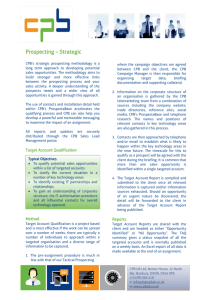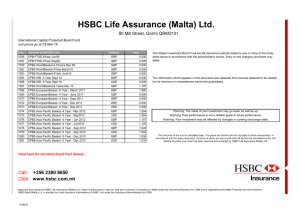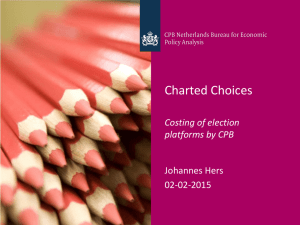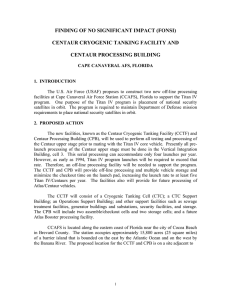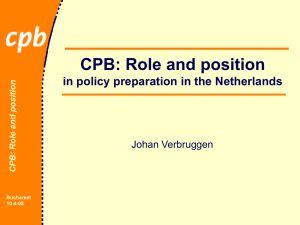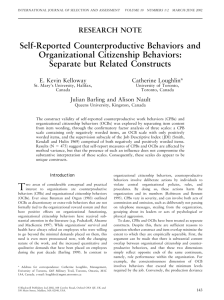interactions between allogenic red cell transfusion and
advertisement
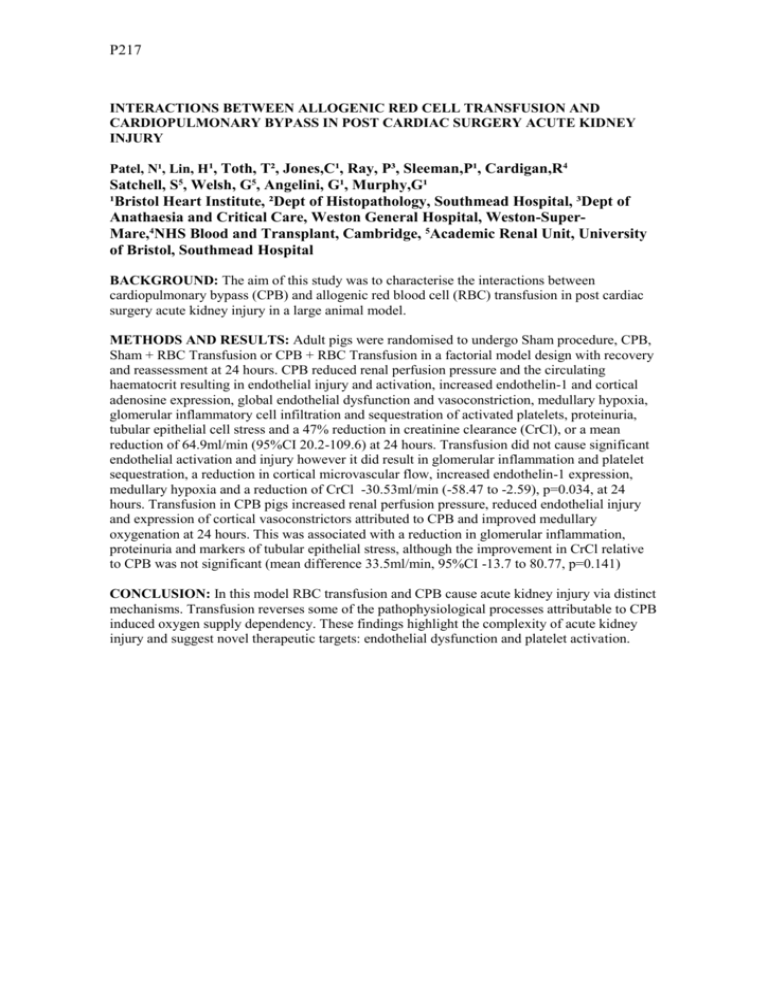
P217 INTERACTIONS BETWEEN ALLOGENIC RED CELL TRANSFUSION AND CARDIOPULMONARY BYPASS IN POST CARDIAC SURGERY ACUTE KIDNEY INJURY Patel, N¹, Lin, H¹, Toth, T², Jones,C¹, Ray, P³, Sleeman,P¹, Cardigan,R4 Satchell, S5, Welsh, G5, Angelini, G¹, Murphy,G¹ ¹Bristol Heart Institute, ²Dept of Histopathology, Southmead Hospital, ³Dept of Anathaesia and Critical Care, Weston General Hospital, Weston-SuperMare,4NHS Blood and Transplant, Cambridge, 5Academic Renal Unit, University of Bristol, Southmead Hospital BACKGROUND: The aim of this study was to characterise the interactions between cardiopulmonary bypass (CPB) and allogenic red blood cell (RBC) transfusion in post cardiac surgery acute kidney injury in a large animal model. METHODS AND RESULTS: Adult pigs were randomised to undergo Sham procedure, CPB, Sham + RBC Transfusion or CPB + RBC Transfusion in a factorial model design with recovery and reassessment at 24 hours. CPB reduced renal perfusion pressure and the circulating haematocrit resulting in endothelial injury and activation, increased endothelin-1 and cortical adenosine expression, global endothelial dysfunction and vasoconstriction, medullary hypoxia, glomerular inflammatory cell infiltration and sequestration of activated platelets, proteinuria, tubular epithelial cell stress and a 47% reduction in creatinine clearance (CrCl), or a mean reduction of 64.9ml/min (95%CI 20.2-109.6) at 24 hours. Transfusion did not cause significant endothelial activation and injury however it did result in glomerular inflammation and platelet sequestration, a reduction in cortical microvascular flow, increased endothelin-1 expression, medullary hypoxia and a reduction of CrCl -30.53ml/min (-58.47 to -2.59), p=0.034, at 24 hours. Transfusion in CPB pigs increased renal perfusion pressure, reduced endothelial injury and expression of cortical vasoconstrictors attributed to CPB and improved medullary oxygenation at 24 hours. This was associated with a reduction in glomerular inflammation, proteinuria and markers of tubular epithelial stress, although the improvement in CrCl relative to CPB was not significant (mean difference 33.5ml/min, 95%CI -13.7 to 80.77, p=0.141) CONCLUSION: In this model RBC transfusion and CPB cause acute kidney injury via distinct mechanisms. Transfusion reverses some of the pathophysiological processes attributable to CPB induced oxygen supply dependency. These findings highlight the complexity of acute kidney injury and suggest novel therapeutic targets: endothelial dysfunction and platelet activation.







